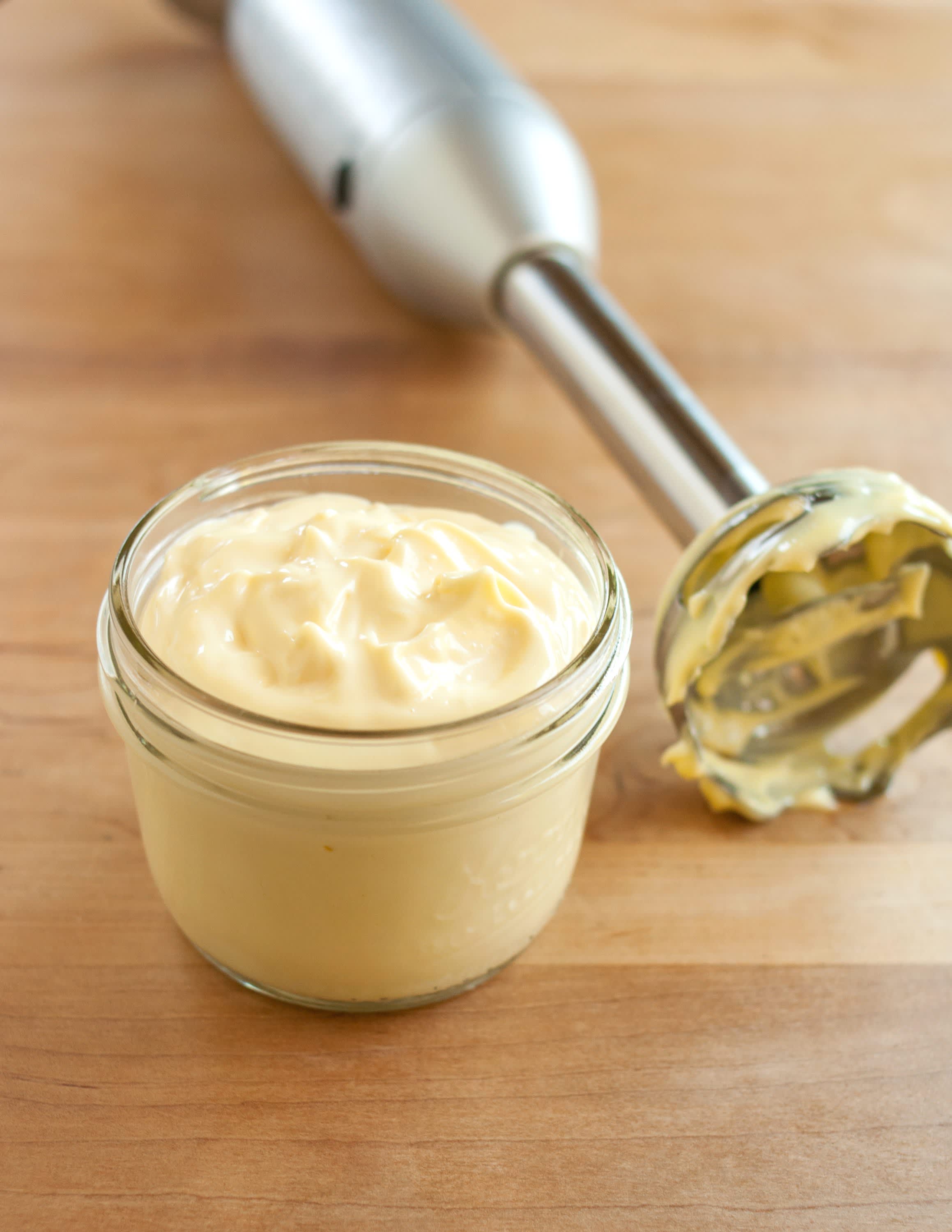How Hot Is Buffalo Sauce? Understanding Its Spice Levels
Written By James Morgan
When it comes to barbecue, one of the most favorite additions to meals is buffalo sauce. But many barbecue enthusiasts find themselves asking, how hot is buffalo sauce? In this article, we will delve deep into the heat levels associated with buffalo sauce, its varying types, and the effects it can have on your grilling experience.
Buffalo sauce, famed for its tangy and spicy profile, is a staple in many restaurants and homes. However, the **heat** it offers can vary significantly depending on its ingredients and preparation. In fact, understanding the heat levels can enhance your barbecue gatherings, making them more enjoyable and comfortable for everyone.

What is Buffalo Sauce?
Buffalo sauce originated in Buffalo, New York, and is traditionally made from a mix of **hot sauce**, butter, vinegar, and spices. The main component that contributes to the heat of the sauce is the **hot sauce** used in its preparation. The strength of this component is what determines the overall spice level of buffalo sauce.
Different Types of Buffalo Sauce
There are various types of buffalo sauces available, each varying in heat levels:
- Traditional Buffalo Sauce: Usually made from Frank's RedHot sauce, the base for traditional buffalo sauce has a heat level of about 450-700 SHU (Scoville Heat Units).
- Extremely Hot Buffalo Sauce: Some brands amp up the spice, using hotter peppers or additional spices, leading to levels that can reach over 1,000 SHU.
- Mild Buffalo Sauce: Some variations use milder sauces, keeping the heat level under 250 SHU, making it friendlier for those sensitive to spice.

What Are Scoville Heat Units?
To truly understand how hot buffalo sauce is, you need to be familiar with Scoville Heat Units (SHU). This measurement indicates the heat level in pepper extracts. For reference, heres how it looks in relation to other famous spicy elements:
- Mild Pepper (e.g., bell pepper): 0 SHU
- Jalapeo Pepper: 2,500 - 8,000 SHU
- Buffalo Sauce (traditional): 450 - 700 SHU
The Impact of Ingredients on Spiciness
Buffalo sauce's heat arises from its individual ingredients. A sauce made with a hotter hot sauce will inevitably be spicier. Other influences include:
- Vinegar: Adds tanginess but does not contribute to heat.
- Butter: Balances out the spice, enhancing flavor but reducing perceived heat.
- Additional spices: Such as cayenne pepper, which can elevate spiciness.

The Ideal Pairings for Buffalo Sauce
Now that we've tackled how hot buffalo sauce can be, the next question on every barbecue enthusiast's mind is how to enjoy it! Here are some pairing ideas:
- Wings: The classic pairing with buffalo sauce never disappoints. Spicy buffalo wings are iconic!
- French Fries: Dipping fries into buffalo sauce is an addictive treat!
- Sandwiches and Burgers: Giving a generous drizzle on your sandwich adds a punch of flavor.
For some innovative ideas on pairing buffalo sauce with various dishes, visit this pairing guide.
Popular Brands and Their Heat Levels
Each brand of buffalo sauce comes with its unique heat profile. Here are a few popular brands and their heat levels:
- Frank's RedHot: 450-700 SHU
- Crystal Hot Sauce: 2000 SHU
- Cholula Hot Sauce: 1000-2000 SHU
The brand you choose can dramatically alter your experience, so make sure to choose wisely!
Buffalo Sauce and Health
While hot sauce can be delightful, health-conscious users may question its benefits or drawbacks. Studies indicate that moderate consumption of hot sauce, including buffalo sauce, can boost metabolism and enhance flavor without adding too many calories. For more in-depth health perspectives, check this health resource.
Frequently Asked Questions
1. Can you make buffalo sauce hotter?
Yes! You can increase the heat by incorporating hotter hot sauces or adding ingredients like cayenne pepper.
2. What is the best way to store buffalo sauce?
Its best to refrigerate buffalo sauce to maintain freshness. For more insights, check out this guide.
3. Is there a non-spicy alternative to buffalo sauce?
You can create a mild version using sweet chili sauce as a base.
As an Amazon Associate, I earn from qualifying purchases.



